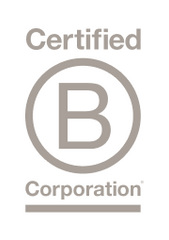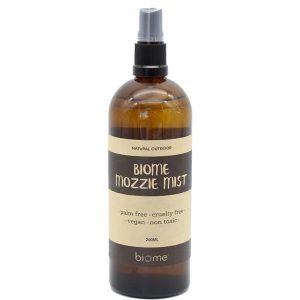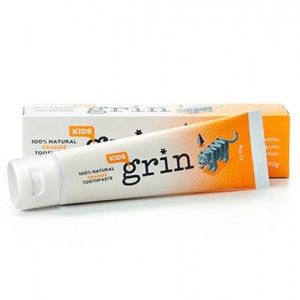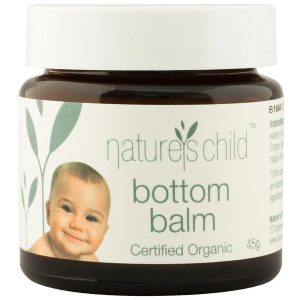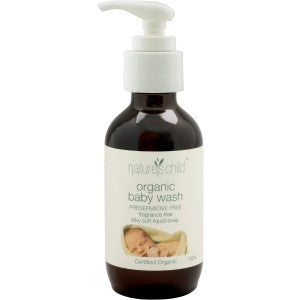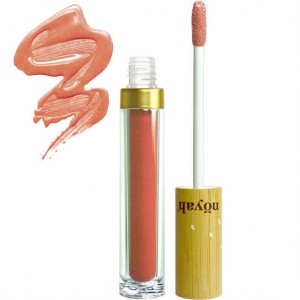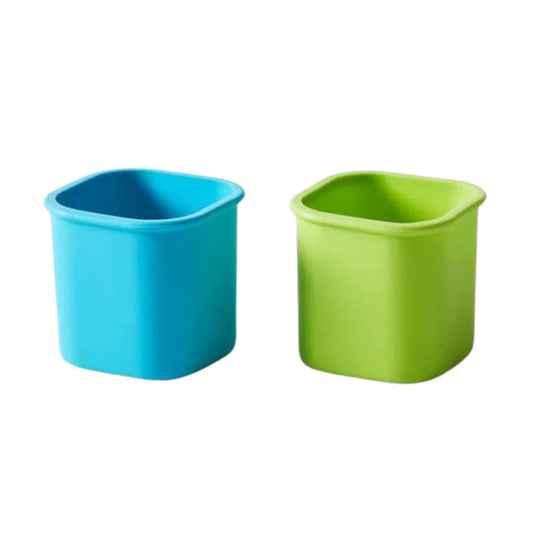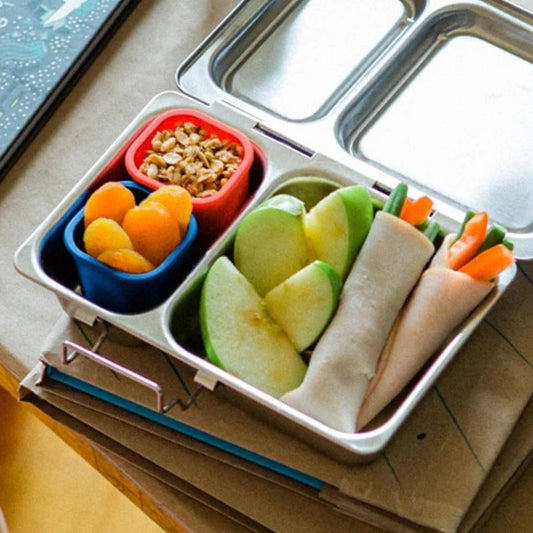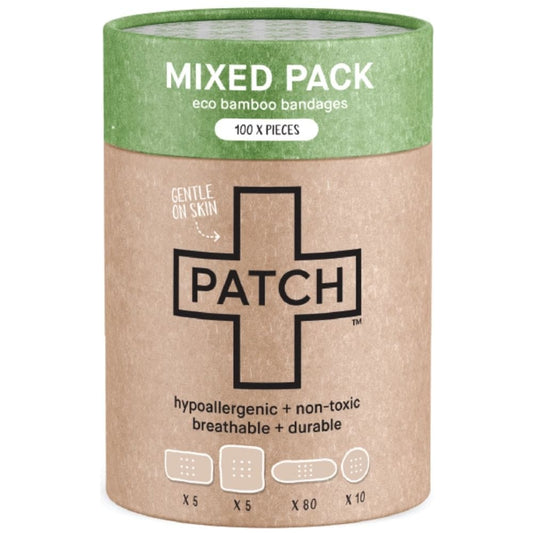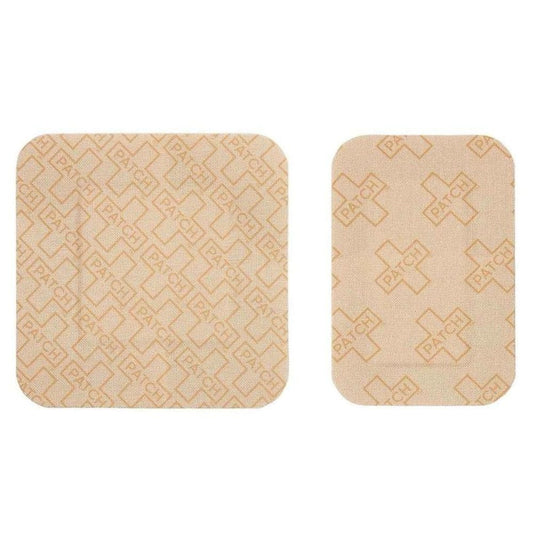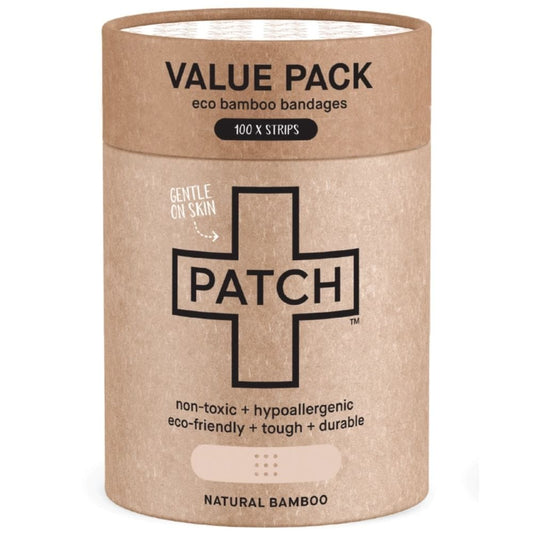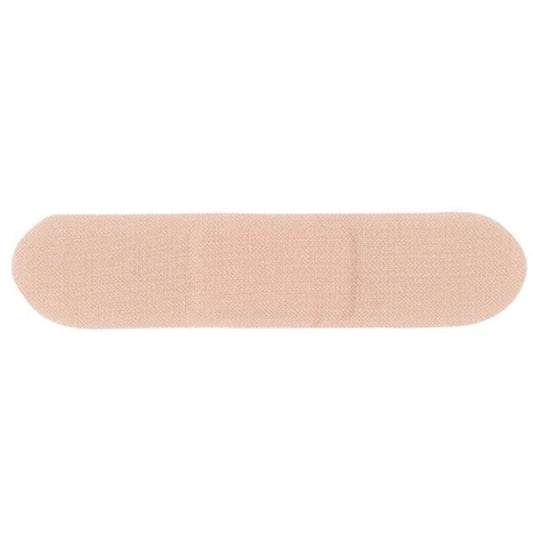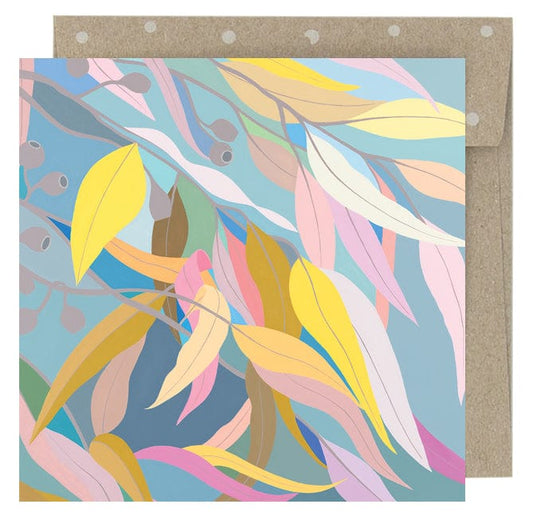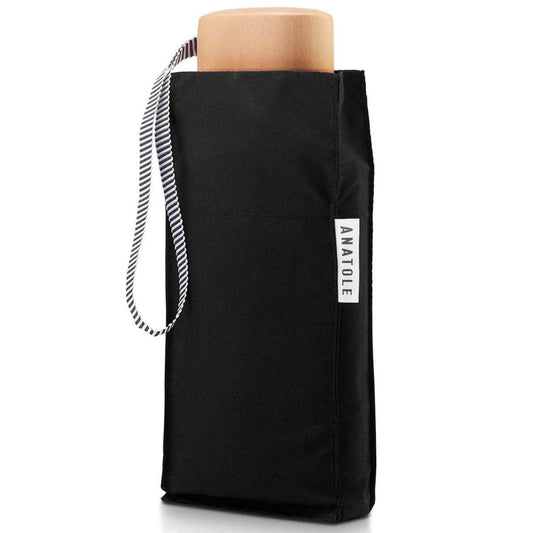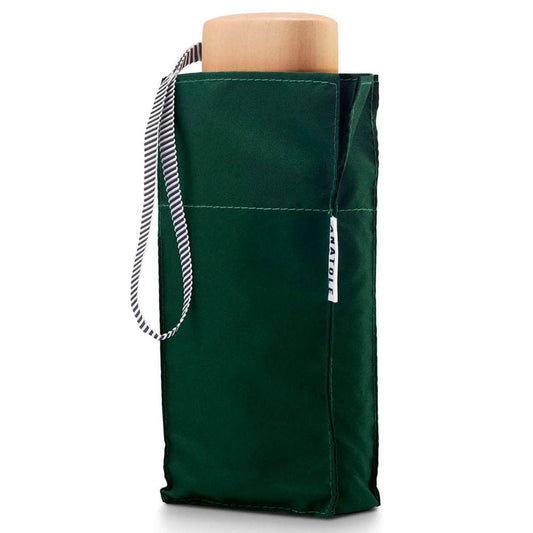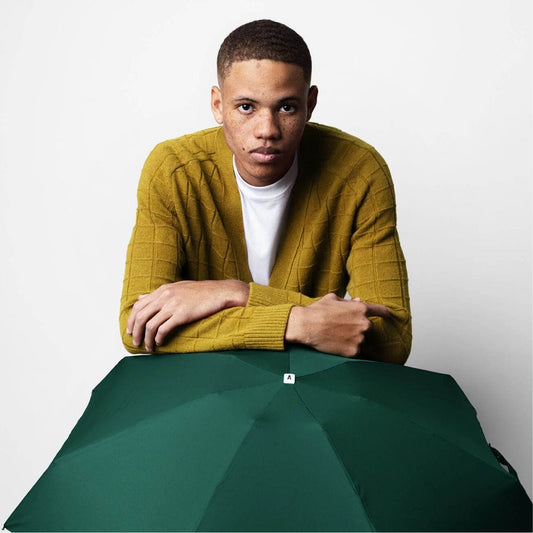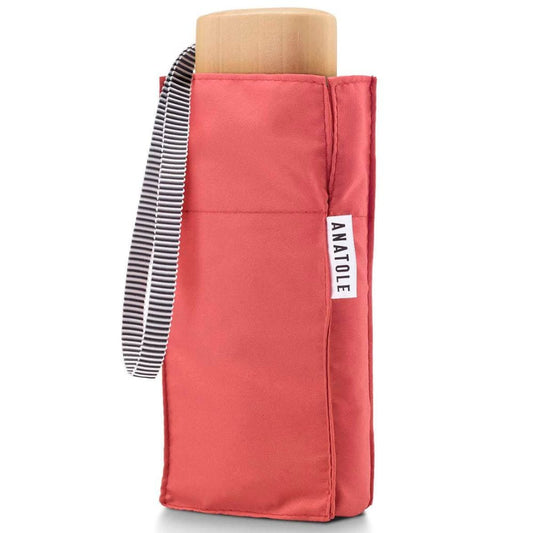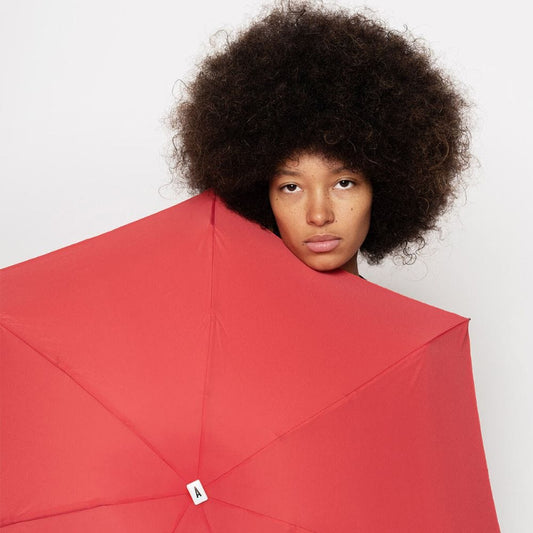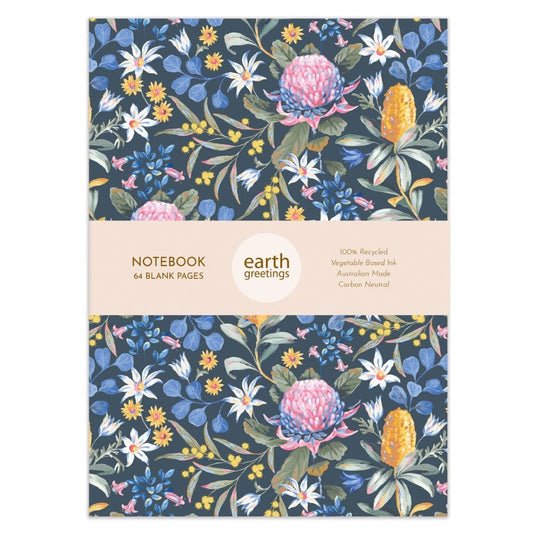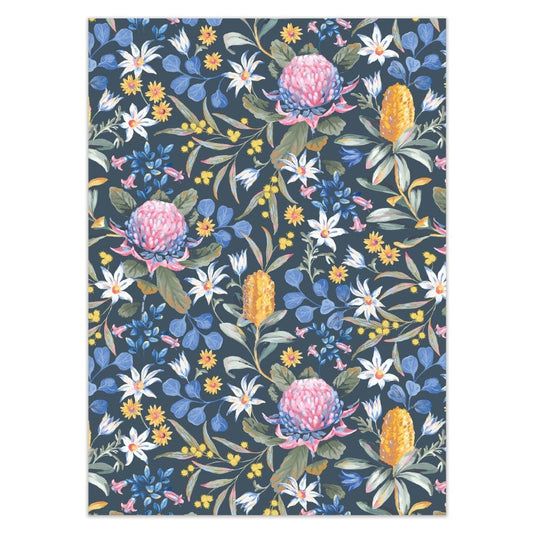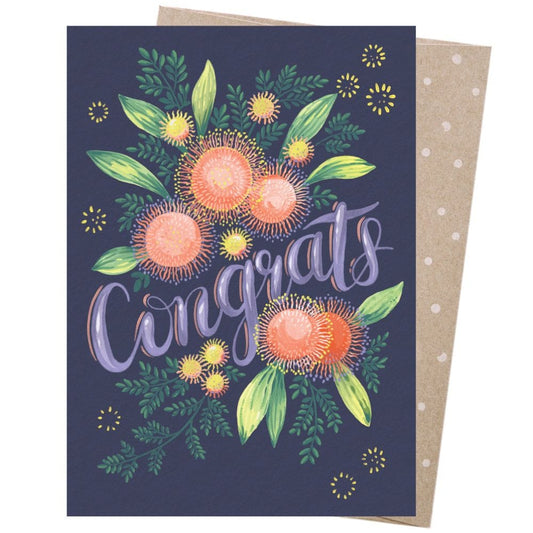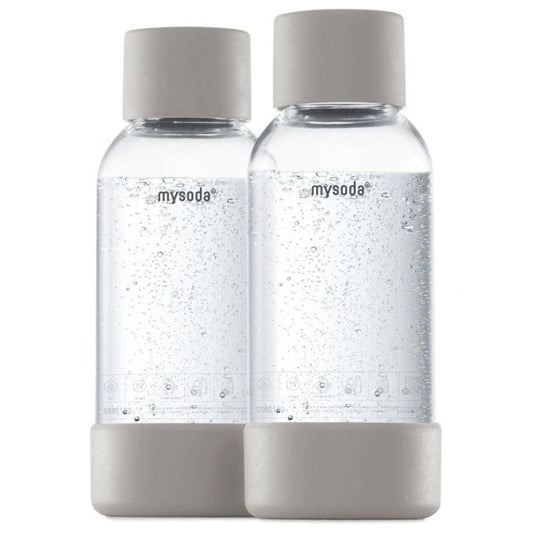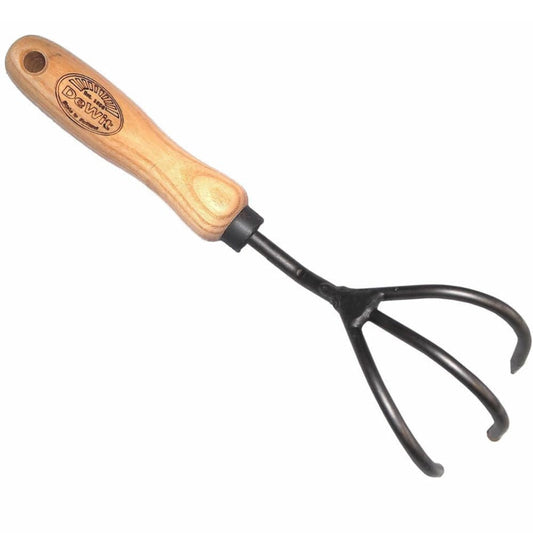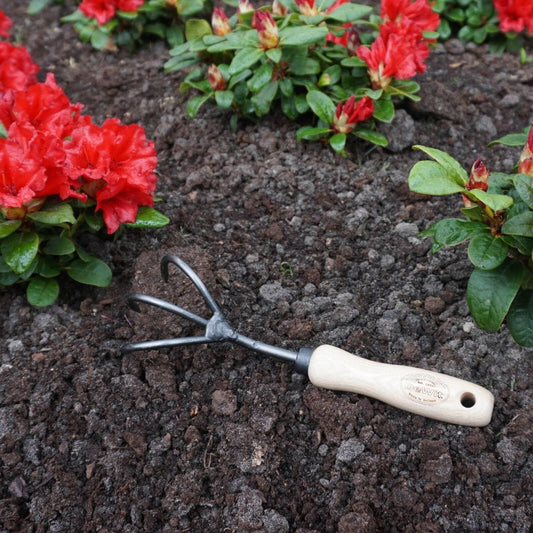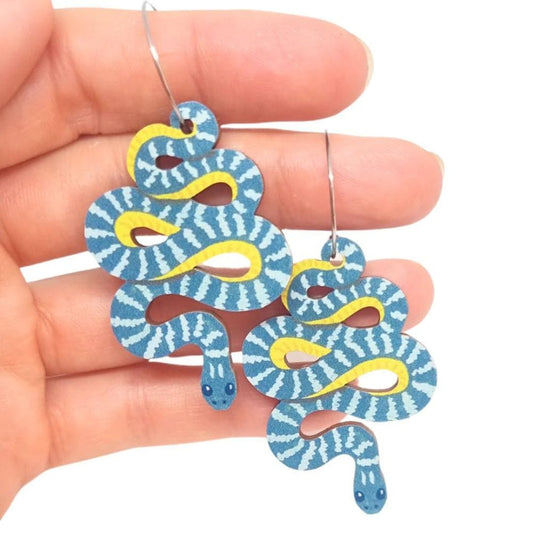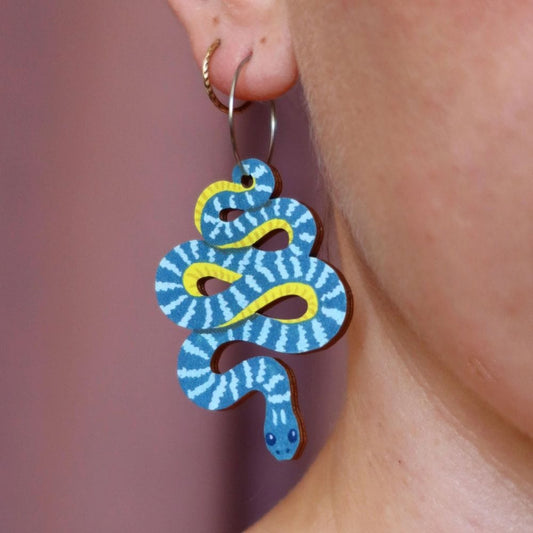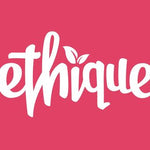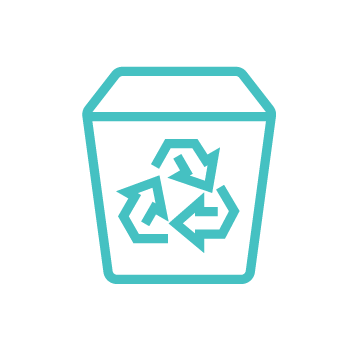Children of all ages
Irritating ingredients in laundry detergent
The remnants of synthetic additives in laundry detergent and fabric softeners left on your clothes and linen are known to irritate the skin, eyes and lungs. Fragrance, optical whiteners, bleach and 1,4-dioxane are known irritants that may result in rashes, itchy eyes or coughing. 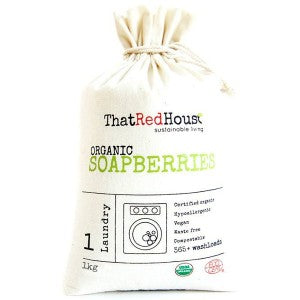
What can you do? Switch to a natural laundry detergent. Our pick is organic soap berries (soap nuts), the dried fruit of the Sapindus Mukorossi tree. These shells are high in saponin, a natural surfactant, and are hypoallergenic, grey water safe, palm oil free and cost effective (ours are also free from any plastic packaging!). Soap berries are highly recommended for anyone with sensitive skin or allergies, and are safe for babies and children. Find them here >
If soap nuts are not for you, we have other gentle and toxin free laundry detergents here >
Learn more: 7 ways to use soapberries to clean around the home >
DEET in insect repellent
DEET is a chemical pesticide which has been known to cause rashes, soreness, or even blistering when applied directly to the skin. Its long-term impact on human health is still being studied but it is known to be toxic to birds and aquatic animals.
What can you do? For kids three years plus, opt for essential oil based deterrent sprays, such as Biome's Mozzie Mist. These sprays deter insects, mosquitoes, sandflies and midges using a particular essential oil blend. You could also use a repellent wristband, burn sandalwood, or create a barrier using a mosquito net or protective clothing. Find our natural mosquito deterrents here >
Note: We recommend that essential oil sprays and conventional toxic chemical mosquito repellents are not used on babies or children under three years of age.
Learn more: Best natural ways to stop mosquitos biting you >
Phthalates in soap and shampoo
Hidden under the term 'fragrance', Phthalates are used as a solvent and fixative for the fake smell for hundreds of consumer products, including soap, shampoo and conditioner, perfume, deodorant and air freshener; as well as a plasticiser in nail polishes and hair spray. Phthalates are known endocrine disruptors and research has linked them to altered reproductive development male fertility issues, asthma, type II diabetes, neurodevelopmental issues, behavioural issues, autism spectrum disorders.
What can you do? Switch to a natural shampoo made from close to nature ingredients. Our pick is a natural shampoo bar, made from saponified oils and other nourishing ingredients to cleanse and condition hair. They do not contain synthetic fragrance, a common hiding place for phthalates. Learn more: How to use a natural shampoo bar >
Sodium lauryl sulphate in toothpaste
Sodium lauryl sulphate (SLS) is a synthetic surfactant that can be found in more than 90% of personal care and cleaning products, including toothpaste. It is what makes the product foam up. SLS's are known to be skin, lung and eye irritants, and has the potential to interact and combine with other chemicals to form nitrosamines, a carcinogen.
What can you do? Opt for a natural toothpaste free from SLS. A natural toothpaste without SLS won't foam like conventional toothpastes, but the cleaning power is still very much there. See our range of palm oil free toothpaste here >
Learn more: Learn how to make your own toothpaste with our easy DIY toothpaste recipe >
Babies
Petrochemicals in bottom balm
The aim of bottom balm or nappy rash cream is to form a barrier between baby's skin and the sting of urine. In products like Vaseline and most nappy cream, this is achieved with products derived from petroleum. Petroleum and mineral oil can't be metabolised, are carcinogenic, and don't let the skin breath.
What can you do? Switch to a natural bottom balm that doesn't use petroleum in its base. Our natural bottom balm creates a barrier with beeswax, and nourishes the skin with plant oils including olive, almond and sunflower. Unlike bottom balms with a petroleum base, our Nature's Child bottom balm allows the skin to breathe. See our range of natural baby skin care here >
Learn more: Learn how to make your own vapour rub with our easy DIY vapour rub recipe >
Talc in baby powder
Recent court orders in the United States have found talc to be potentially carcinogenic. Talc is the softest mineral on earth, but talc deposits are often found near asbestos. Until recently nearly all baby powder was made from talc and may have been contaminated with asbestos, leading to three U.S. jury verdicts linking regular use of J&J talcum powder to ovarian cancer.
What can you do? Use a baby power made from kaolin clay, cornstarch or tapioca instead of talc. These talc alternatives are effective in absorbing excess moisture, and help to relieve skin conditions, such as eczema, psoriasis, cradle cap and nappy rash. We have a range of great options here >
Learn more: Learn how to make your own DIY baby powder >
PEGs in baby wash
PEGs (polyethylene glycol)are found in a wide range of personal care products, including baby wash. PEGs are petroleum based synthetic chemicals that are frequently impure and contaminated with 1/4-dioxane, a known carcinogen. They are banned in most countries but not Australia.
What can you do? Avoid products with ingredients that start with PEG- (followed by a number) and instead choose baby wash made from simple, close to nature ingredients, such as saponified oils. Nature's Child organic baby wash or Evohe's foam wash are great options. You can find them here >
Learn more: What is 'natural' skin care? It depends on where you draw the line >
BPA and PVC in baby bottles, soothers and toys
BPA is now world-renowned for its toxicity, but manufacturers are now using it to justify the safety of plastic while ignoring the other toxins in plastics. Besides BPA the plastic must also be free from PVC. PVC is the most environmentally damaging of all plastics and is a proven toxin to humans, as demonstrated by bans on its use and disposal in many countries, cities, and hospitals around the world. Many baby bottles, soothers and toys are made from PVC but it is not disclosed on the label.
What can you do? If purchasing a plastic product, look for 'BPA free' plus 'PVC free' on the label. Otherwise, choose plastic-free alternatives of stainless steel, hevea natural rubber soothers, and wooden toys. See our range of safe soothers and teethers here >
Learn more: Why we love wooden toys >
Teenagers
Endocrine disruptors in deodorant
Endocrine disrupting chemicals are found in a range of personal care products, including deodorant, as well as in pesticides, metals, and food additives. They are known to mimic the hormone estrogen and "interfere with the synthesis, secretion, transport, binding, action, or elimination of natural hormones in the body that are responsible for the maintenance of homeostasis (normal cell metabolism), reproduction, development, and/or behavior." (1) Endocrine disruptors are associated with altering the reproductive function in males and females; increased incidence of breast cancer, abnormal growth patterns and neurodevelopmental delays in children, as well as changes in immune function. 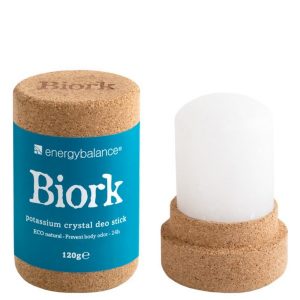
What can you do? Avoid deodorants that include ingredients that are known endocrine disruptors, including aluminium compounds (aluminum chlorohydrate, aluminum zirconium tetrachlorohydrex gly), phthalates (fragrance), parabens (methyl, ethyl, propyl, benzyl and butyl), and triclosan. Brands such as Dove, Rexona, Old Spice, Nivea, Lynx, Impulse, and Mum, etc. generally contain at least one of these ingredients. Swtich to a natural deodorant that controls the bacteria that are responsible for the unpleasant smell. Biork crystal deodorant is a completely plastic free option, while Black Chicken Remedies is one of our customer's favourites. Find natural deodorants here >
Learn more: Learn why we smell and how to control body odour naturally by watching the video below.
Synthetic fragrance in perfume and body spray
Teenagers love their aerosol body sprays, colognes, aftershave, and perfume! Manufacturers are allowed to use the single word fragrance or parfum to hide several hundred chemical ingredients that make up the 'secret' formula of the scent! They likely contain phthalates and hormone disruptors. Fragrance/parfum in products is associated with allergies, dermatitis, headaches, dizziness, respiratory distress and potential effects on the reproductive system. Fragrance is also rife in strong smelling moisturisers, shampoo, conditioner and body wash. See more about this in Kate Grenville's book – The Case Against Fragrance. 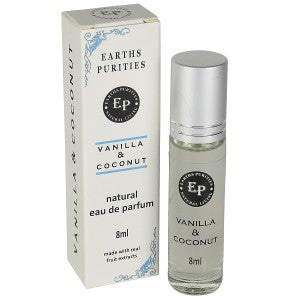
What can you do? Avoid mainstream body sprays like those by Impulse and Lynx, and opt for a natural perfume oil or body mist based on essential oils, like ours here > Learn more: Learn how to make your own DIY body mist >
Irritating ingredients in shaving cream
The petrochemicals, fragrances, detergent, preservatives, SLS and alcohols in mainstream shaving creams are a significant contributor to skin irritation in teens. That combined with a blunt razor and insufficient lubrication can lead to raised bumps, red and itchy skin.
What can you do? When shopping for a shaving soap, avoid synthetic ingredients and look for a traditional handmade soap that contains a high portion of plant oils and nourishing butters, such as olive oil, castor oil, coconut oil, shea butter and cocoa butter. The ingredients should be easy to pronounce. We recommend Biome's divine shave soap or any of the others found here >
Phenoxyethanol in makeup
Phenoxyethanol is a synthetic preservative and fragrance ingredient commonly found in makeup and personal care products. Although it is approved at 1% or less there are growing concerns on it's safety. According to The Chemical Maze it is a suspected reproductive and developmental toxin. Exposure may include headaches, tremors, eye irritation and depression. Phenoxyethanol is toxic to the kidneys, the nervous system and liver and EWG states it as being an irritant to skin, eyes or lungs. Other concerns include organ system toxicity (non reproductive).
What can you do? Look out for phenoxyethanol on the ingredients list of the makeup or personal care item you shopping for and choose an alternative. You won't find phenoxyethanol in any of the products we stock at Biome. You can see our range of natural makeup here >
Learn more: The dirty 30+ toxins and harmful ingredients you will not find at Biome >
Excellent explanation of the different regulatory approaches in the European Union and the USA (which Australia follows).
https://ensia.com/features/banned-in-europe-safe-in-the-u-s/
https://www.beautybyearth.com/over-1000-toxic-ingredients-banned-in-europe-but-not-in-us/
(1) https://www.ncbi.nlm.nih.gov/pmc/articles/PMC3345761/
